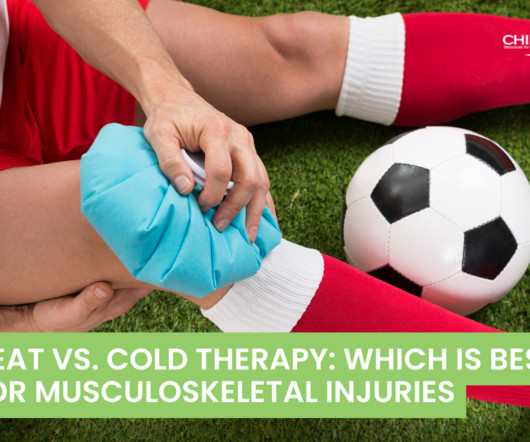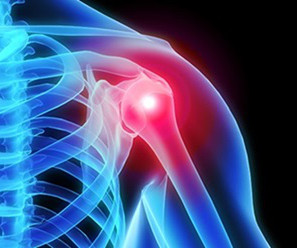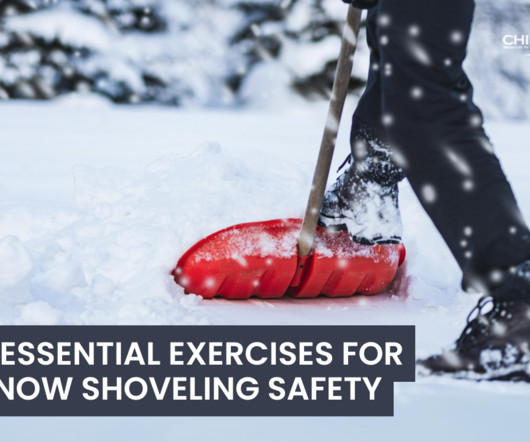Treating cervicogenic headaches with dry needling and manual therapy
Chiropractic Economics
DECEMBER 5, 2024
9 Furthermore, one case report study with a cervicogenic headache female that was included in the systematic review showed significant improvement in pain and neck disability index after nine treatment sessions of dry needling combined with manual therapy.

















Let's personalize your content